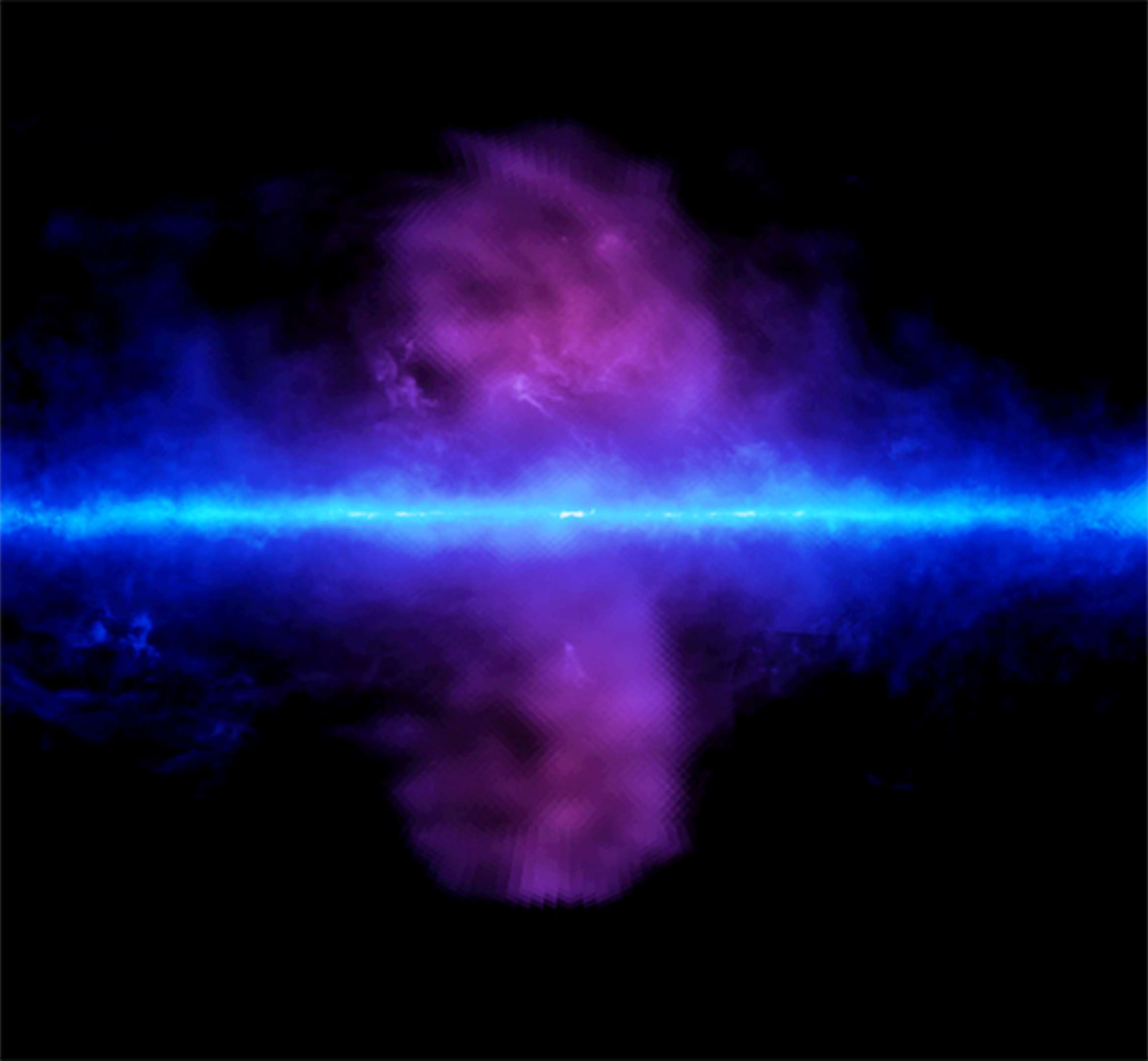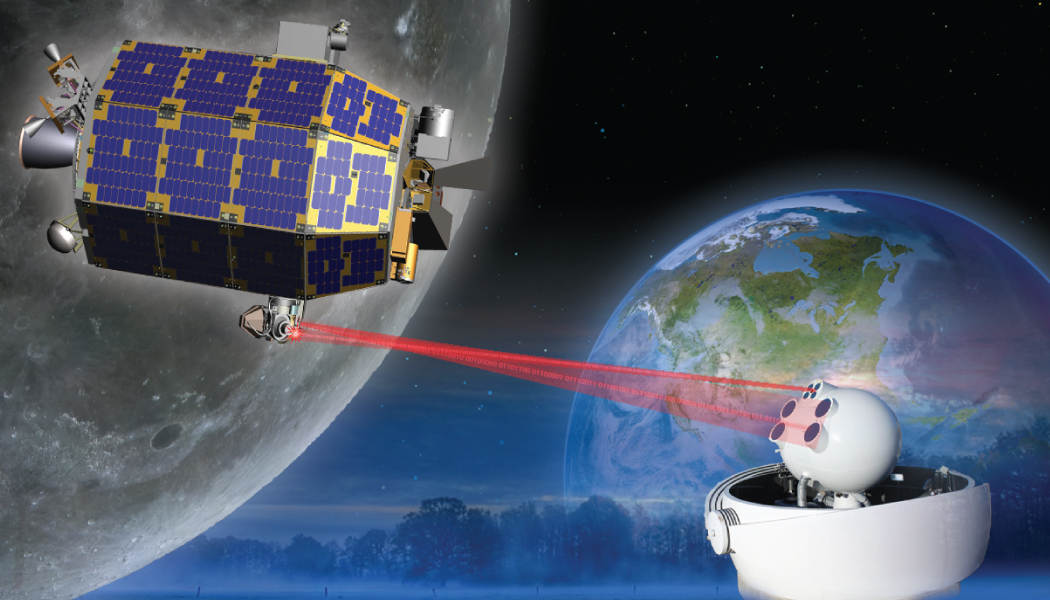The completion of the 30-day Lunar Laser Communication Demonstration or LLCD mission has revealed that the possibility of expanding broadband capabilities in space using laser communications is as bright as expected.
Hosted aboard the Lunar Atmosphere and Dust Environment Explorer known as LADEE, for its ride to lunar orbit, the LLCD was designed to confirm laser communication capabilities from a distance of almost a quarter-of-a-million miles. In addition to demonstrating record-breaking data download and upload speeds to the moon at 622 megabits per second (Mbps) and 20 Mbps, respectively, LLCD also showed that it could operate as well as any NASA radio system. “Throughout our testing we did not see anything that would prevent the operational use of this technology in the immediate future,” said Don Cornwell, LLCD mission manager at NASA’s Goddard Space Flight Center in Greenbelt, Md.
For example, LLCD demonstrated error-free communications during broad daylight, including operating when the moon was to within three degrees of the sun as seen from Earth. LLCD also demonstrated error-free communications when the moon was low on the horizon, less than 4 degrees, as seen from the ground station, which also demonstrated that wind and atmospheric turbulence did not significantly impact the system. LLCD was even able to communicate through thin clouds, an unexpected bonus.
Operationally, LLCD demonstrated the ability to download data from the LADEE spacecraft itself. “We were able to download LADEE’s entire stored science and spacecraft data [1 gigabyte] in less than five minutes, which was only limited to our 40 Mbps connection to that data within LADEE” said Cornwell. Using LADEE’s onboard radio system would take several days to complete a download of the same stored data. Additionally, LLCD was to prove the integrity of laser technology to send not only error-free data but also uncorrupted commands and telemetry or monitoring messages to and from the spacecraft over the laser link.
LLCD also demonstrated the ability to “hand-off” the laser connection from one ground station to another, just as a cellphone does a hand-off from one cell tower to another. An additional achievement was the ability to operate LLCD without using LADEE’s radio at all. “We were able to program LADEE to awaken the LLCD space terminal and have it automatically point and communicate to the ground station at a specific time without radio commands. This demonstrates that this technology could serve as the primary communications system for future NASA missions,” said Cornwell.
The ability of LLCD to send and receive high definition video was proven with a message from NASA Administrator Charlie Bolden, completing the trip to the moon and back with only a few seconds of delay. “Administrator Bolden’s message demonstrates NASA’s support for advancing this technology for both space and Earth applications,” said Cornwell. “It also allowed the LLCD team to showcase the quality and fidelity of our HD video transmissions over our laser communication link to and from the moon.”
Cornwell acknowledged that the LLCD mission is another great example of NASA partnerships with outside organizations to advance unproven technologies. He credits the work of Don Boroson and his team at the Massachusetts Institute of Technology’s Lincoln Laboratory (MIT/LL) in Lexington, Mass., for developing and operating both the space and ground laser communications terminals for LLCD. “We could not have made such great strides without the work of our partners at MIT/LL,” Cornwell said. “Their years of work and knowledge produced a communications system that far exceeded our expectation.”
NASA’s follow-on mission for laser communications will be the Laser Communications Relay Demonstration (LRCD). Also managed at Goddard, LCRD will demonstrate continuous laser relay communication capabilities at over one billion bits per second between two Earth stations using a satellite in geosynchronous orbit. The system also will support communications with Earth-orbiting satellites. More importantly, LCRD will demonstrate this operational capability for as long as five years, thus building more confidence in the reliability of this laser technology.
“We are very encouraged by the results of LLCD,” said Badri Younes, NASA’s deputy associate administrator for Space Communications and Navigation (SCaN) in Washington, which sponsored the mission. “From where I sit, the future looks very bright for laser communications.”
So it appears NASA could be making the next paradigm shift in communications in the not too distant future. The same technology that has vastly upgraded our broadband connections on Earth could be expanding communications possibilities for NASA in the not-too-distant future.
By Dewayne Washington
NASA’s Goddard Space Flight Center






























